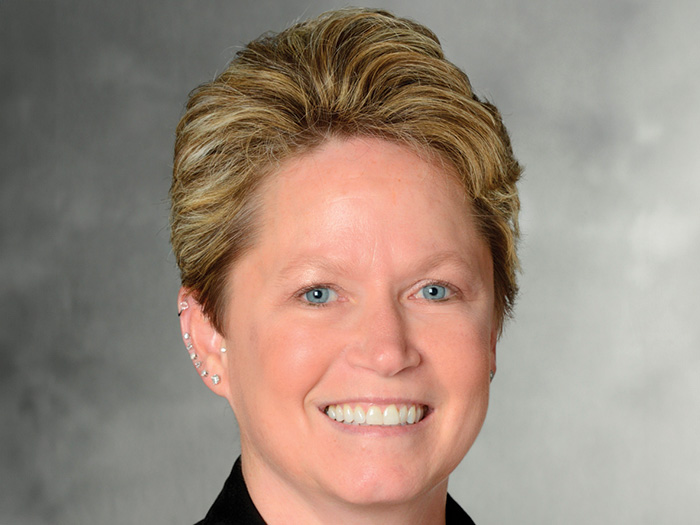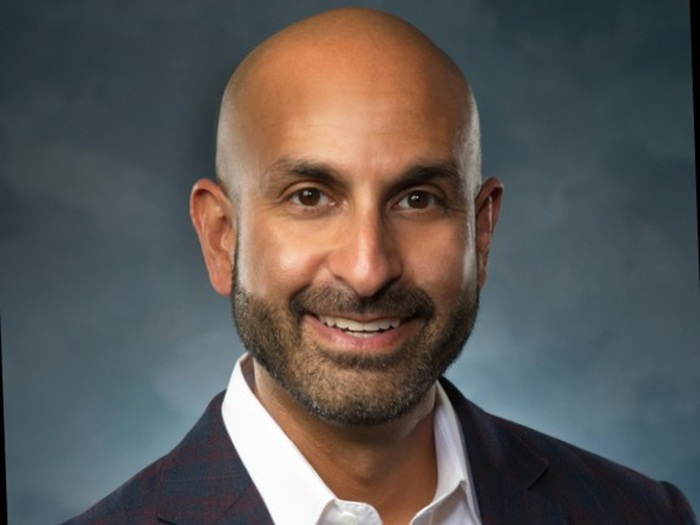Why Payer-Provider Networks Will Help Health Care Flourish Post COVID-19

Health insurance carriers have made efforts to support subscribers and dependents through the pandemic crisis by waiving cost sharing such as co-pays, coinsurance and deductibles for providers’ office visits, lab fees and treatments related to COVID-19.
According to The Wall Street Journal, some major insurers are going the extra mile by financially assisting health care providers as they struggle from the sharp decrease in non-emergency services caused by the pandemic.
AHA Moment: Insurers Answer the Call for Help
Health care providers, including hospitals, clinics, and doctors, have experienced financial distress during the pandemic due to the delay of elective surgeries and decline in demand for non-emergency care.
This situation is especially difficult for providers who have expended additional funds on improving COVID-19 treatment capabilities but have not seen a commensurate influx of patients.
The American Hospital Association (AHA) has asked insurers for financial assistance through advanced or accelerated payments as health care providers have seen a drastic drop in revenue during the pandemic.

Les Williams, partner and chief revenue officer, Risk Cooperative
The recent decrease in claims to payout has enabled health insurers to heed the AHA’s request, allowing them to assist struggling providers to secure loans and pay claims earlier.
Sandra Clarke, Chief Financial Officer of Blue Shield of California, told The Wall Street Journal that the California-based insurer saw claim filings drop 20 percent in March.
As a result, Blue Shield of California will reserve $200 million to be allocated toward loans for hospitals, doctor’s offices, and clinics. This money will also be used to purchase expected insurance claims in advance.
Maryland’s CareFirst BlueCross BlueShield is following suit by spending $110 million to provide interest-free loans to hospitals and providers. The insurer is also allowing some providers to bill for video or telephone visits while receiving accelerated reimbursements.
United Health Group has expedited $2 billion in payments to physicians and hospitals. The insurer is also offering up to $125 million in loans to providers in which it holds a stake.
The Changing Landscape of Health Care Post COVID-19
While insurers are the proverbial white knights coming to the aid of smaller providers, it remains unknown if a similar aid package will be available in the future given the uncertainty of the next pandemic or crises.
The U.S. Bureau of Labor Statistics reported a decline of 1.4 million in health care employment during the month of April and with the risk of a smaller provider network, health insurers have additional motivation to ensure providers receive financial support throughout the pandemic and beyond.
A dwindling provider network not only hurts insurers from a financial perspective, but also patients who are already seeing health care facilities close across the country.
To protect this vital provider network, more health insurers should consider establishing a payer-provider network similar to Kaiser Permanente.
Kaiser’s network model, where payers and providers are the same, is lauded as one of the most efficient forms of health care delivery.

Derrick Wong, account executive, Risk Cooperative
Rather than placing the focus on generating high volumes of services, the system aligns financial incentives to provide high quality and affordable patient care.
The payers and providers are both accountable for a comprehensive budget where each party exclusively contracts with one another to deliver health care services.
This strong partnership improves the delivery of medical knowledge with the adoption of evidence-based care through patient data, leading to more efficient diagnoses and treatments, lower costs and an overall better experience for patients.
This emphasis on maintaining affordable and high-quality care through aggressive contracting and payer-provider integration is continuing to grow, as demonstrated by the increasing partnerships between insurers and local health systems over the past few years.
Aetna and Allina Health, the Minnesota-based health care system, announced the creation of their jointly owned health plan company in 2017.
Penny Wheeler, president of Allina Health, declared in the company’s press release that the partnership between Aetna and Allina Health would concentrate on “transforming our patient care strategies to focus on outcomes rather than volume of services.”
Penny stressed that she hopes to “rethink, reimagine, and redefine the health care system to reward value more than volume.”
Aetna also partnered with Banner Health in Arizona to offer an integrated approach that aims at eliminating redundancies in care and services, allowing the organization to pass the savings to consumers through lower premiums.
Two major insurers in Pennsylvania have been competing for a greater share in the regional health care market by forming integrated partnerships with local health systems. University of Pittsburgh Medical Center (UPMC), a Pittsburgh-based health enterprise, pursued a joint venture with Pinnacle Health in 2017.
Several months later, national health organization Highmark Inc. announced its partnership with Penn State Health, the central Pennsylvania multi-hospital system.
In a press release for Penn State Health, Dr Peter Dillon, executive vice president for Penn State Health, stated that the “collaboration is about sharing information and developing best practices that lead to better health and improved outcomes for patients.”
Dr. Charles DeShazer, chief medical officer for Highmark Inc., added that “by expanding physicians’ access to clinical and data insights and aligning their efforts, the network positions primary care practices to better prevent and manage health conditions.”
As the payer-provider model gains traction and continues to address some of health care’s biggest challenges, it is also a necessary means to stay competitive and relevant in today’s capricious environment; especially in one with a diminishing provider network.
Ultimately, the primary focus of insurers and providers should be directly improving patient outcomes, increasing health proficiency, and broadening health care access. Vertically integrated payers and providers encompass all these qualities at an affordable cost.
In today’s recessive economy where maintaining health is at the utmost importance, this value-driven, outcome-based model has the potential to flourish. Expect to see the formation of more payer-provider networks in the aftermath of COVID-19. &










